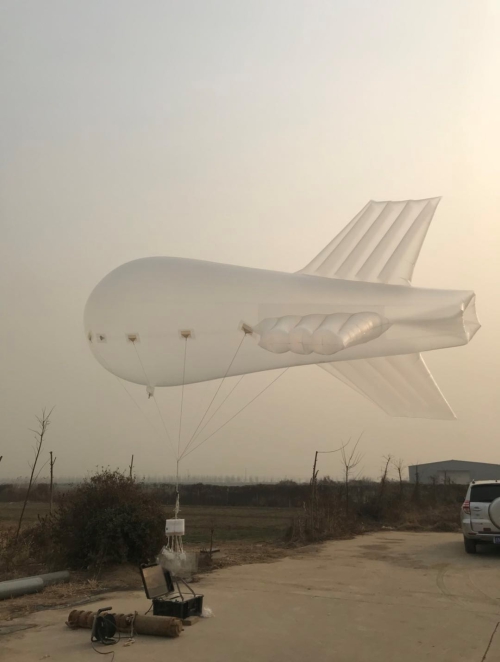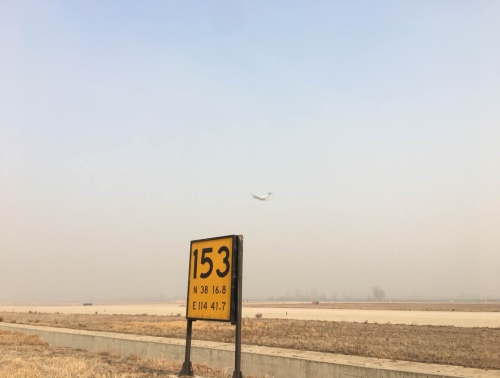
Beijing-Tianjin-Heibei (JJJ) is a densely-populated region, as well as important economic growth engines in North China. Economic reconstruction and integration in this region will result in change of carbon emissions.
Institute of Atmospheric Physics(IAP) at Chinese Academy of Sciences is leading and coordinating intensive observations in JJJ region from January 7th to January 12th, 2019, to produce more detailed 3-D CO2 concentration for regional CO2 emission study.
In addition to monitor CO2 in this region from space using TanSat, China's first greenhouse monitoring satellite, aerostats, cars and planes are employed in the obervation campaigns.

Tethered aerostat at Shijiazhuang site produces CO2 vertical profile up to 2 km. (Image by IAP)

Mobile measurements with equipment installed on the top of 10 cars. (Image by IAP)

Two air planes (King Air and Y-12) with high precision CO2 instrument carry out airborne measurements once or twice per day. (Image by IAP)

86-10-68597521 (day)
86-10-68597289 (night)

52 Sanlihe Rd., Xicheng District,
Beijing, China (100864)

